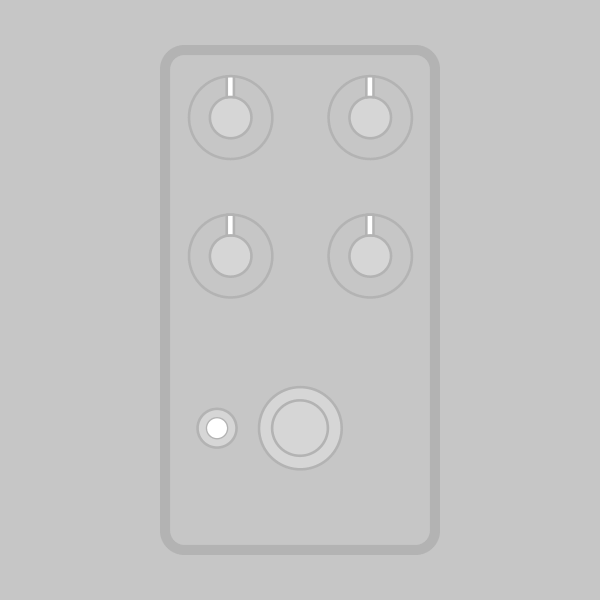
The Procyon Natural Overdrive is a clone of the BJFe Honey Bee Overdrive, a circuit first released in 2002 that is credited for starting the “low gain overdrive” trend.
The circuit itself is a rather unique overdrive design, incorporating both soft and hard clipping and utilizing frequency-dependent negative feedback from different points in the circuit, for a result that is often called “amplike” in tone. It is very loosely based on the RAT, and was inspired by the sound of overdriven Supro amps.
These pedals were handmade in Sweden and were extremely expensive ($300-400 USD), and so in 2011 an agreement was made with BearFoot FX to produce them in the USA for a more reasonable cost.
Bearfoot has also released a number of variants of this basic circuit such as the Model H, Model G, Honey Beest, Uber Bee, and Sparkling Yellow Overdrive. While each of these circuits are similar, the Procyon project only supports the standard Honey Bee (both BJFe and BearFoot versions, which have minor differences).
The updated Procyon V2 has been completely overhauled from the earlier version. Based on our research of several different Honey Bee traces, we concluded that the original FSB schematic (which all DIY Honey Bees have been based on for nearly 15 years) was incorrect and does not represent an actual Honey Bee. You can read more about our conclusions in our article, Revisiting the Original Honey Bee FSB Trace.